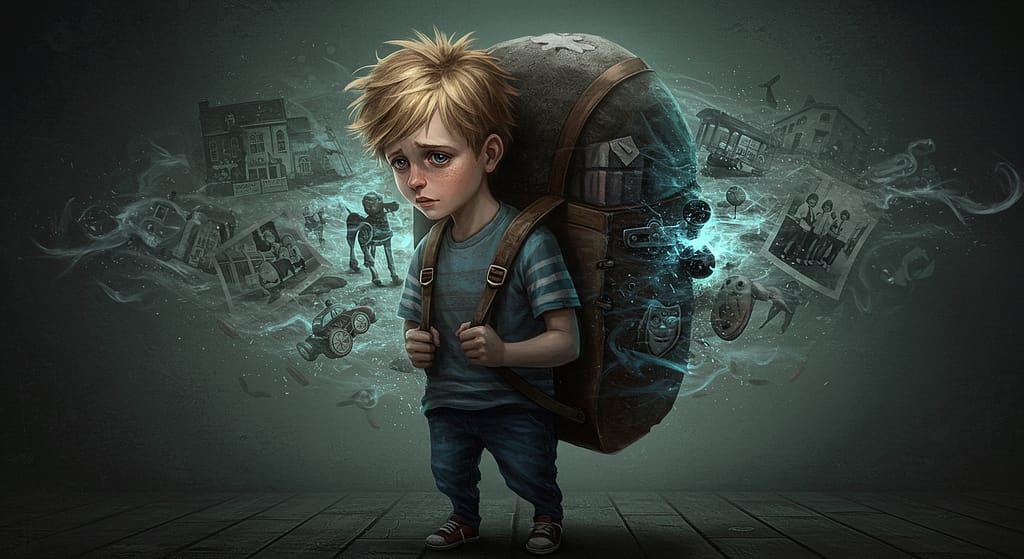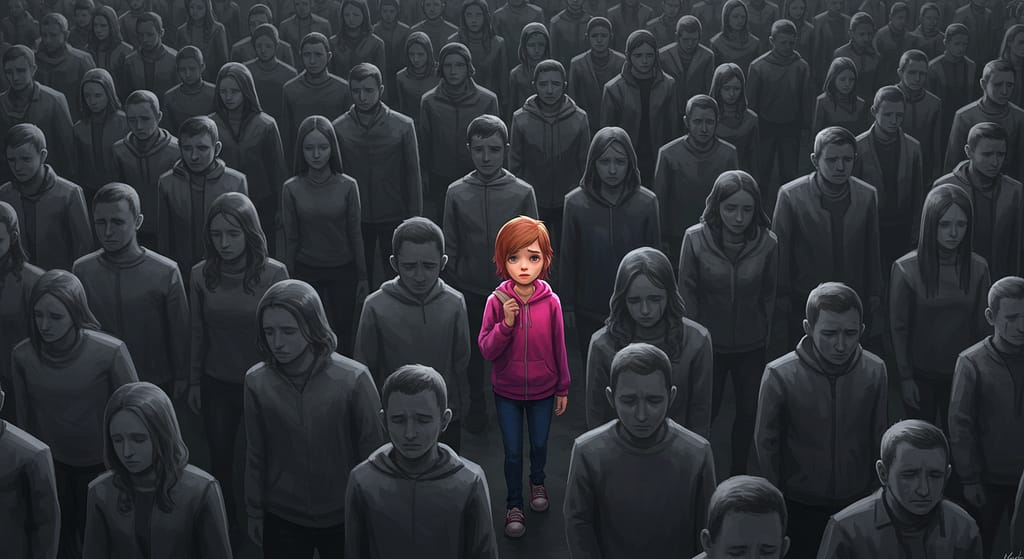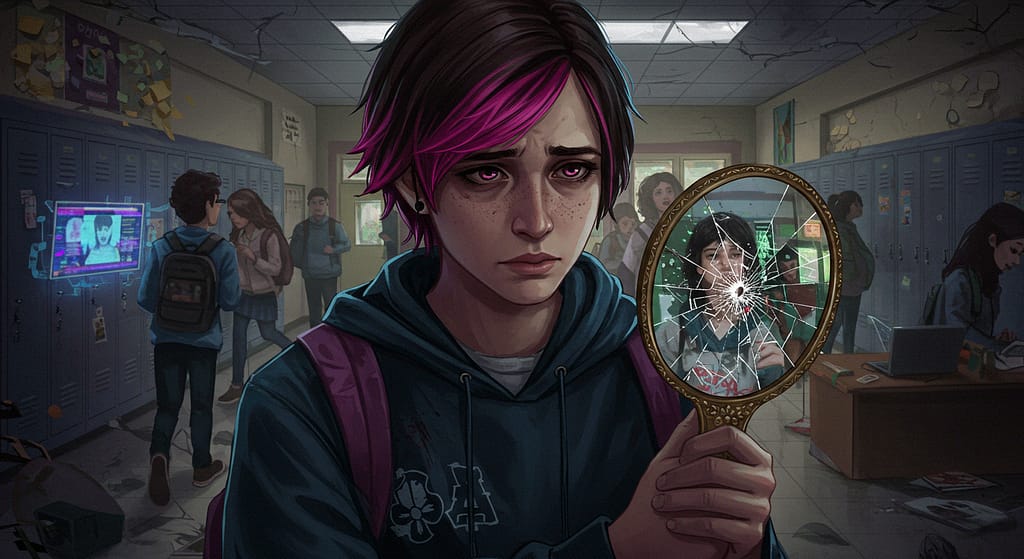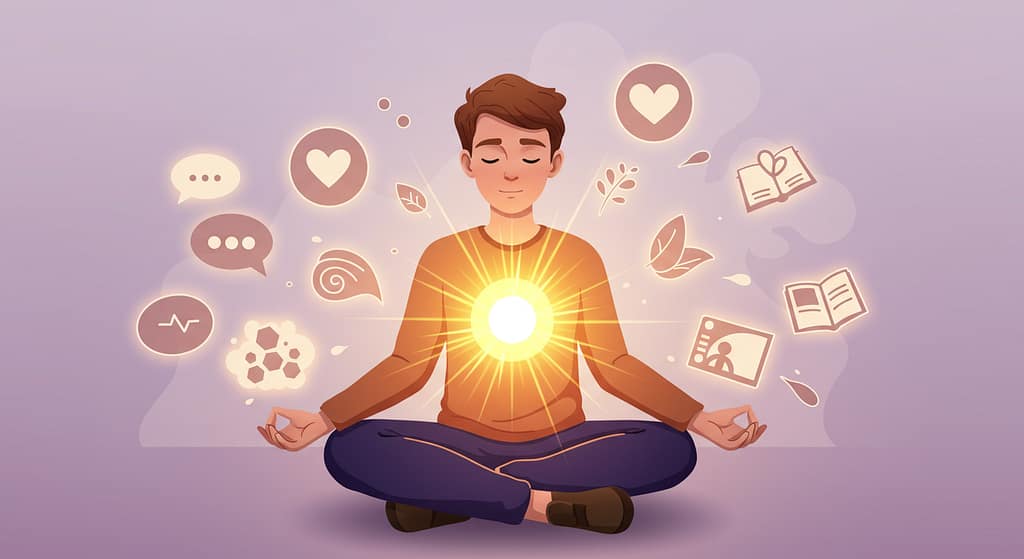Unresolved… but not unredeemable.
What Is Emotional Baggage?
Emotional baggage refers to unresolved pain, trauma, or experiences from our past that continue to influence how we think, feel, and behave—even years later. Teenagers, in particular, often carry these burdens into adulthood. They become hidden triggers—stored deep in our minds, tucked away in the quiet corners of our hearts, yet powerful enough to surface unexpectedly.
Sometimes it takes only a word, a memory, or a certain tone for tears to flow or anger to rise. Resentment grows silently. Emotional baggage doesn’t just weigh us down—it shapes us.

The Heavy Toll of Emotional Baggage
When not dealt with, emotional baggage becomes a constant companion—haunting dreams, showing up in social situations, or suddenly exploding as uncontrollable anger or sadness. Many teens grow into adults who either lash out in rage or retreat into denial and disconnection.
Some blame others for everything that goes wrong. Others feel like victims of their past. Many suffer in silence, drifting through life without clarity or purpose.
The signs are everywhere:
Unfriendly faces on the street. Road rage. Workplace tension. Depression masked behind smiles. Crowds in churches and therapy clinics, all searching for something that seems just out of reach.

When the Weight Becomes Too Much
For some, the burden becomes unbearable. They lose hope, convinced life has no meaning. Their inner struggle becomes too overwhelming to keep fighting. These are the quiet moments where people feel invisible, purposeless, defeated.
They drift through life like driftwood, carried by emotional currents, letting life happen to them rather than living it.

What Causes This Emotional Pain?
There’s no single source—it’s a combination of:
- Broken relationships
- Childhood trauma or abuse
- Lost dreams and failed careers
- Poverty, addiction, or chronic illness
- Betrayal or emotional abandonment
- Social shame, pressure, and unrealistic expectations
In today’s fast-paced, comparison-driven, materialistic society, even fragile connections can feel like obligations. Teens are constantly pressured to achieve, perform, and please—often at the cost of their inner peace.

So, How Can We Begin to Heal?
All is not lost. Healing begins when we pause and listen—not just to others, but to our deeper needs. We must go beyond the surface and tend to our mind, body, and spirit. Emotional healing is a holistic journey—and there is help.
- Talk to someone you trust—a friend, counselor, or mentor.
- Seek out resources in your community: therapy centers, youth groups, mental health programs.
- Acknowledge your pain instead of ignoring or suppressing it.
- Move your body through physical activity, yoga, or mindful breathing.
- Feed your spirit with journaling, prayer, reflection, or meditation.
- Let go of guilt and unrealistic expectations—you are human.
- Understand that your past shaped you, but doesn’t define your future.

Wisdom Is Still Within Reach
Across cultures and beliefs, ancient wisdom is being revisited. We’re learning that healing isn’t just about pills or quick fixes—it’s about wholeness. Scientific breakthroughs and traditional practices now walk hand in hand. From therapy to breathwork, from prayer to purpose, the tools are available.
But the first step is the hardest and most powerful: acknowledge that you’re carrying something—and decide you no longer want to carry it alone.

Final Thought: Take Stock of the Weight
If you’re a teen—or an adult who once was a hurting teen—now’s the time to check in with yourself.
What are you carrying?
What’s weighing you down?
And most importantly…
Are you ready to begin letting go?
